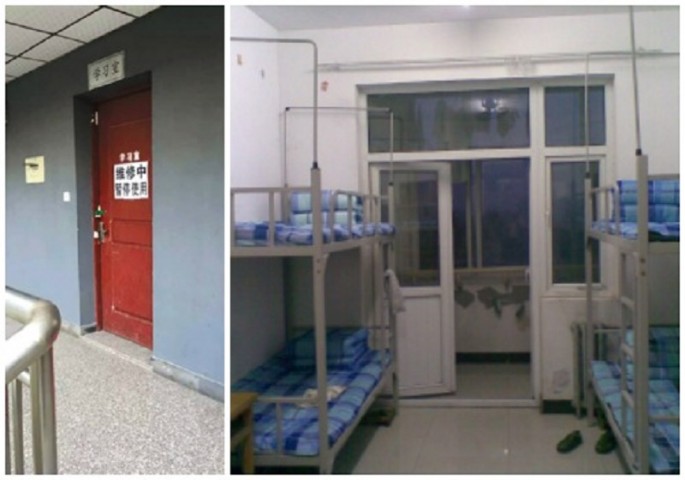The hashtag #how to avoid getting murdered in your dorm is trending in China’s social media following the gruesome murder of a Sichuan university student by his dorm mate.
The victim, 20-year-old Lu, an art student in a Chengdu university, was not knifed or shot. He was decapitated by Teng, a dorm mate on March 26, reported What’s On Weibo.
Roommates of Lu and Teng told Chengdu Police that on that night, Lu was singing in the dorm, but Tend was annoyed which resulted in fisticuffs. However, the dorm mates separated the two.
But the next day, Teng – who was holding a kitchen knife – asked Lu to come out of the room. Lu did not return anymore. His beheaded body was found later in the dorm’s study area with 50 stabs and the head missing. On April 15, Teng was arrested.
Three days after Teng’s arrest, the brother of Lu opened a Weibo account and sought justice for his slain and beheaded brother whose corpse was so badly cut up that the family had to spend 18,000 yuan ($2,800) to have the parts stitched.
Teng, obviously a troubled youth, has admitted to the crime. According to Teng’s mother, this is not his first trouble. When he was still in high school, Teng tried to take his own life by twice cutting his wrist. The student is undergoing psychiatric evaluation, and the results are expected to be out in late April or May.
The gory death of Lu has led to a discussion on Chinese social media on the risks of dorm life and the vastness of the problem because of the large student population across China.
The country’s previous one-child policy has contributed to the problem because these kids are used to having their own room at home and suddenly having difficulty adjusting to a tiny space with four or six other roommates with various attitudes and different ways of life they need to adjust to.
As of 2015, China had 37 million college students, according to a report released in early April by the Ministry of Education. That means one in five college students around the world are in China. From only 0.26 percent of Chinese aged 18 to 22 attending college in 1949, the number has jumped to 40 percent last year and expected to further grow to 50 percent by 2019.



























